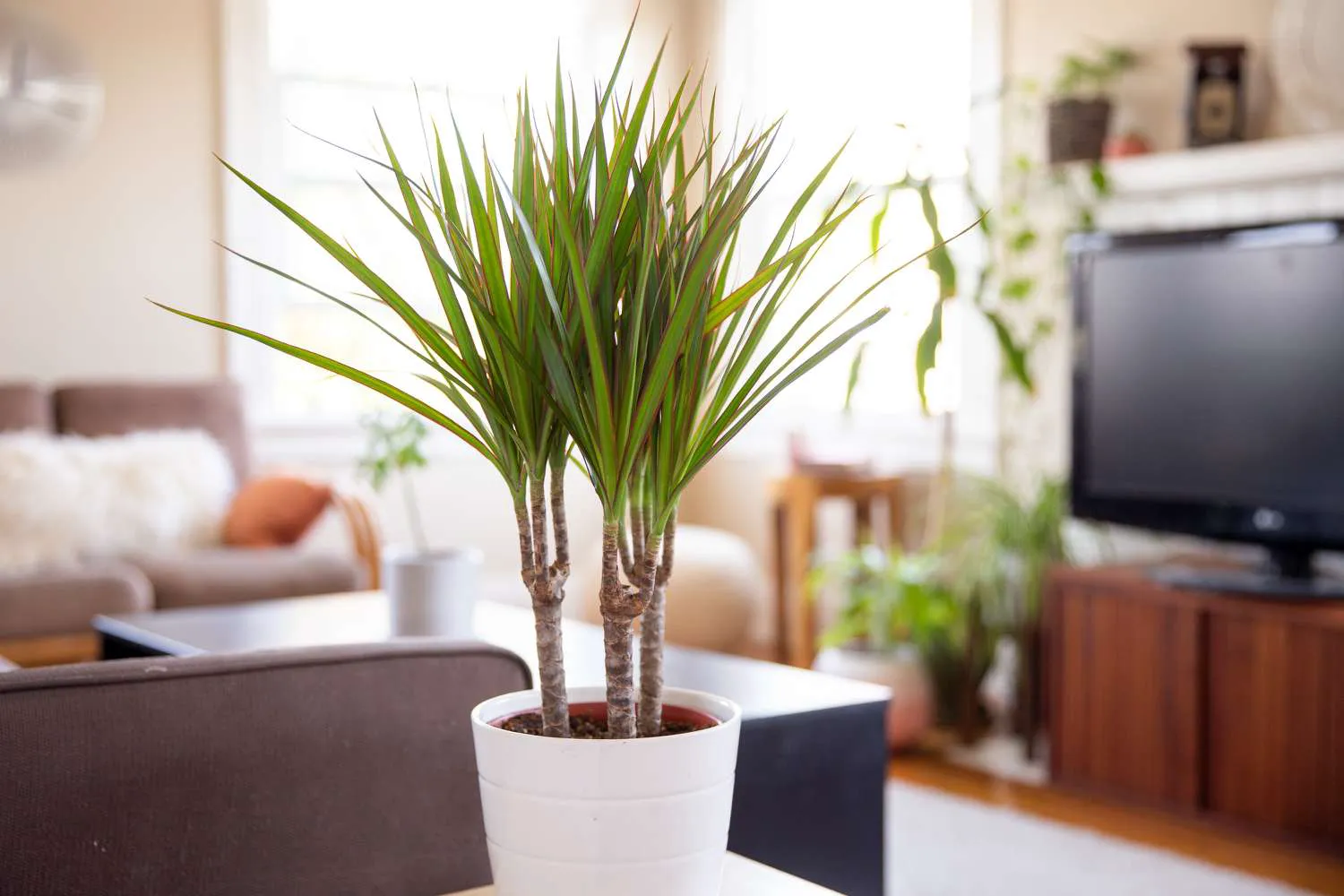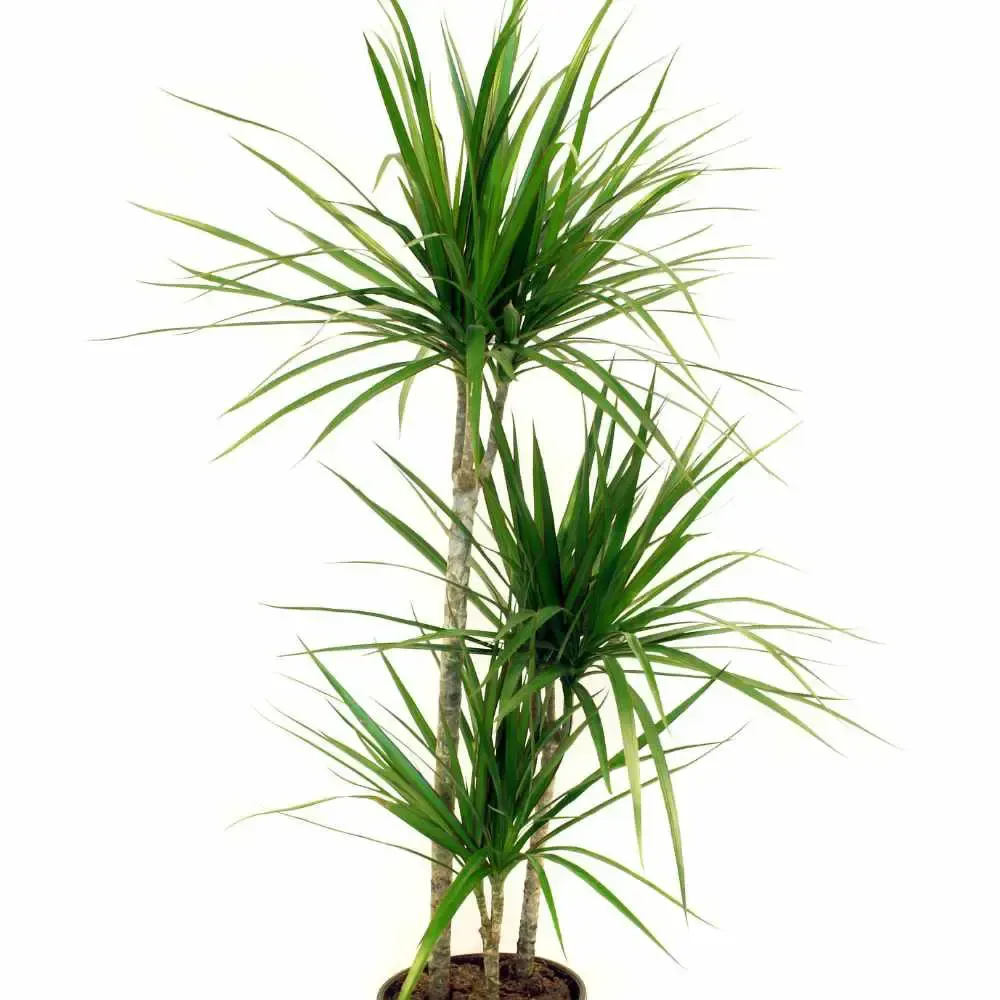Dracaena Marginata Weave: A Unique and Stylish Way to Display Your Plant
Learn how to weave your Dracaena Marginata plant for a stunning and modern display. This easy technique adds a touch of artistry to your home.
Learn how to weave your Dracaena Marginata plant for a stunning and modern display. This easy technique adds a touch of artistry to your home.
Aftercare and Maintenance
Watering
Dracaena marginata thrives best when watered with a consistent schedule, allowing the top 2-3 inches of soil to dry out before the next watering. This generally amounts to a weekly or biweekly watering routine. Be mindful not to overwater, as this can lead to root rot.
Fertilizing
Feeding your dracaena marginata is important to maintain its health and growth. Employing a well-balanced, water-soluble fertilizer is recommended for use every 4-6 weeks throughout the growing season. In winter, when the plant’s growth slows down, fertilizer application can be reduced to once every 8-10 weeks.
Re-Braiding If Needed
Over time, it’s natural for your dracaena marginata braid to loosen. To maintain the desired appearance, you may need to re-braid the stems. To do this, carefully untangle the stems and then weave them together to create the desired shape. Avoid applying excessive force, as this can damage the plant.
Regularly checking your dracaena marginata for proper growth, health, and shape is essential to ensure continued success. By following these aftercare and maintenance tips, your plant will continue to impress with its unique braided appearance.
Why Braiding Your Dragon Tree Enhances Its Appearance
The art of braiding the dragon tree comes with numerous benefits. For one, the braids themselves offer a fascinating visual appeal, turning an otherwise simple plant into a vibrant multi-stemmed display. Not only does this technique provide a bold, unique look to the Madagascar dragon tree, but it also maintains its plant aesthetics and adds an elegant stature to any indoor plant arrangement.
By carefully weaving together the stems and securing them with proper resources, the Madagascar Dragon Tree gains sophistication and texture while highlighting its delicate features.
In order to fully appreciate the appeal of a braided dracaena marginata, let’s examine some key factors that contribute to its enhanced appearance:
- Tropical Good Looks: With its slender, colorful stems and spiky leaves, the native Madagascar plant is already an attractive indoor plant. Braiding adds an extra layer of visual intrigue, highlighting the captivating natural elements of the dragon tree.
- Unique Look: Braiding the Madagascar Dragon Tree helps it stand out as a distinctive, bold house plant. By weaving stems and patterns into the plant, you create an artistic display that sets it apart from ordinary indoor plant arrangements.
- Indoor Plant Care: With proper maintenance and care, a braided dracaena marginata can continue to thrive as an indoor plant, offering air purification benefits in addition to its striking appearance.
Taking the time to braid your Madagascar dragon tree can vastly enhance the aesthetics of this indoor plant. Not only do the braids create an eye-catching, multi-stemmed display, but they also contribute to its practical indoor plant care. With this intricate braiding technique, your Madagascar dragon tree becomes a conversation starter, adding depth and unique character to your indoor plant arrangements.
Types of Dragon Tree
Although there are several varieties of dragon tree, the most commonly found at plant stores (and used as household plants) include:
Tips for Buying In-Store
- Check for pests. Look underneath leaves and along the stem to make sure no critters follow you home.
- Avoid plants with brown spots on leaves.
- Read the plant label. Make sure that this plant works for you, your lifestyle, and your space.
FAQ
How do I know if my Madagascar Dragon Tree is suitable for braiding?
To determine if your Madagascar Dragon Tree is suitable for braiding, check for multiple stems that are positioned close together and of similar length and thickness. Younger plants with more flexible and pliable stems will likely yield better results than older, more rigid plants.
What is the best time to braid my Dracaena Marginata?
How should I care for my braided Madagascar Dragon Tree after the braiding process?
After the braiding process, make sure to provide consistent care. This includes allowing the soil to dry between waterings, applying a balanced liquid fertilizer during the active growing season, and monitoring the wire used for braiding to ensure it doesn’t cut into the bark. Additionally, place the plant in a warm environment with filtered sunlight, and water only when the top layer of soil feels dry.
Can I undo or adjust the braids on my Madagascar Dragon Tree?
Yes, you can undo or adjust the braids on your Madagascar Dragon Tree. Just be sure to carefully remove the wire and gently reposition the stems to avoid damaging the plant. Keep an eye on the plant’s health throughout the process and make any adjustments as needed to ensure the tree remains in good condition.
Are braided Madagascar Dragon Trees safe for pets?
Madagascar Dragon Trees, including braided ones, can be toxic to pets like dogs and cats. If ingested, the plant can cause symptoms such as vomiting, diarrhea, and lethargy. If you suspect your pet has ingested part of the tree, seek immediate veterinary care.



Tegs:
Search
Recent Posts
-
Hot Water Curl Weaving: Create Stunning Textures with This Unique Technique
Apr 13 2025
-
Black & Blonde Beauty: Exploring Sew-In Weave Styles & Techniques
Apr 13 2025
-
Unravel the Story Behind "Hair or Weave": A Deep Dive into the Song's Lyrics
Apr 14 2025
-
Fallout 4 Ballistic Weave: Crafting and Customization Guide
Apr 14 2025
Subscribe to Updates
Get the latest posts and fashion insights directly in your inbox.